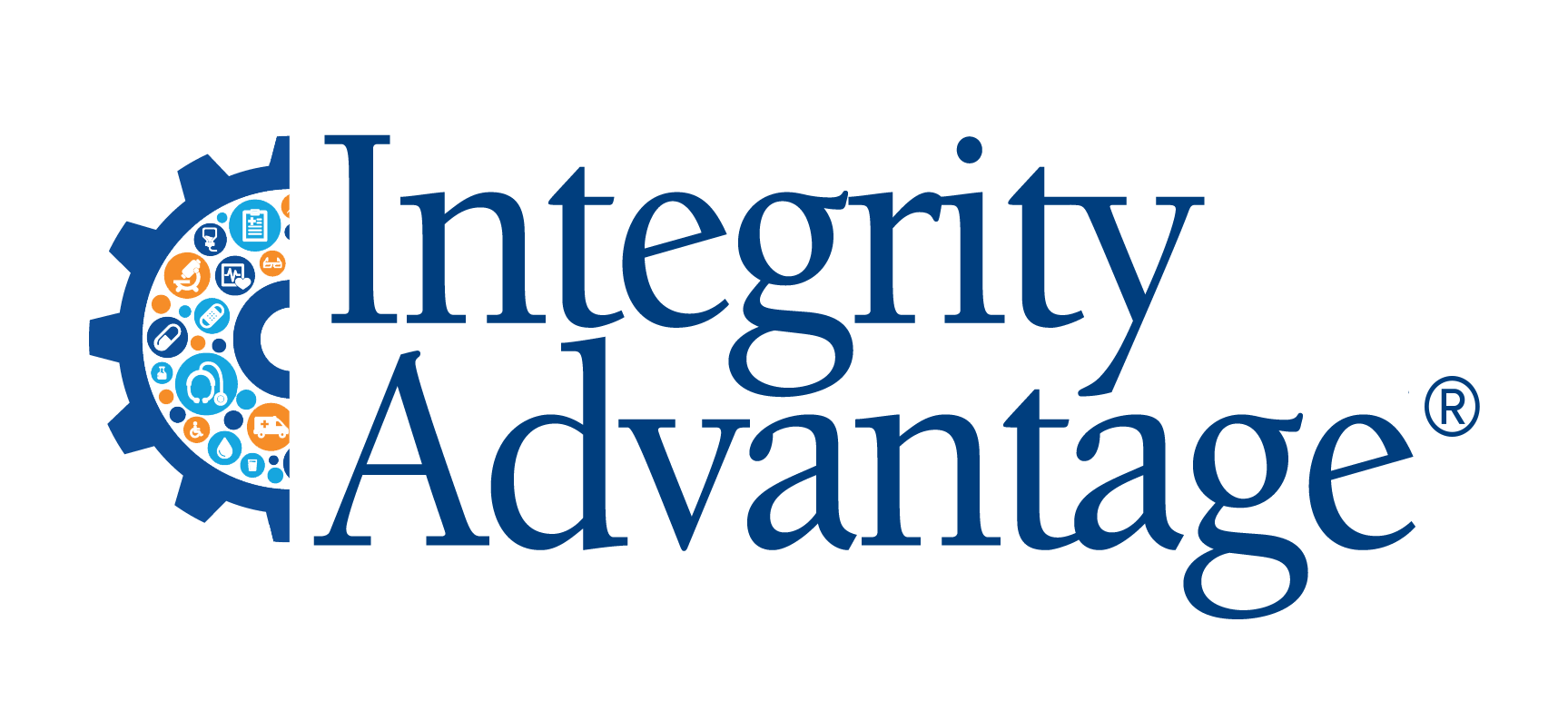Improve SIU Effectiveness in 3 Steps: Triaging Best Practices
With the sheer volume of complaints and referrals that make their way to the SIU, it’s no wonder many teams are overwhelmed with case backlogs. Check out our most recent article where we share how you can improve SIU effectiveness in 3 easy steps.
Improve SIU Effectiveness in 3 Steps: Triaging Best Practices
Introduction
If weeding through the noise of less-than-fruitful complaints is bogging down your Special Investigations Unit (SIU), you're not alone. It might be a great time to set up or tweak your triage function. The variety of complaints that make their way to the Fraud, Waste and Abuse (FWA) team often can range from mistaken allegations to legitimate or even egregious allegations. But, in our experience, we know one thing for certain: The more effectively you triage incoming complaints, the more effective your SIU and investigators become.
Enter the triage team
You can call it triage, intake, assessment or whatever you prefer. The purpose of this person (or team depending on the size of your plan), is to vet incoming complaints so that investigators optimize their time by focusing on investigating fraud, waste and abuse.
Think about the triage function working like a funnel. Complaints are constantly sent to the SIU. In order to decide which complaint should be opened, they need to be filtered. Those that appear to be legitimate FWA allegations make it to the next level of investigation. Your triage person (or team) is the first line of defense against wasted time and effort within your SIU.
Many health plans have investigators handling the intake and assessment of complaints. opinion, having designated staff perform the triage function is the most efficient way to proceed. Regardless of the approach you choose, we can all agree that triaging incoming leads is an essential function within the SIU.
With a few key steps, an SIU can implement a triage function and not only increase the quality of the cases that are opened, but also set expectations for what the investigator will receive with the case when it's opened.
Three Steps for Increased Effectiveness
1. Weed out the Junk
Commonly, 80% or more of the complaints sent to the SIU have nothing to do with an actual fraud allegation. Oftentimes, the beneficiary or member called the phone number listed on their explanation of benefits (EOB) and questioned the price of a service or a benefit available on their plan because that was the first number they saw.
While you can’t just ignore these complaints, you can’t let them eat up the time of your team either. Such complaints can significantly detract from focusing on real fraud allegations. As soon as it’s clear it is not an SIU issue, make sure your triage team routes the referrals to the right department so they can be handled by the appropriate business unit. Investigators are inquisitive people by nature, so it’s easy to be intrigued by a juicy member story. Ultimately, being objective and decisive is the key to being effective. Focus on complaints where there appears to be a misrepresentation and a financial benefit as a result.
If the triage team doesn’t have a clear focus, too much time will be spent on every incoming allegation, which will create a bottleneck - and nothing will move. Don’t get clogged up with issues that are not FWA – move them out. If there’s an instance that may indicate some type of FWA has occurred, but the triage team isn’t certain it should be opened, there’s no harm in assigning it to an investigator to take a few extra steps to confirm it’s something that needs to be opened/closed out. Likewise, if triage decides not to assign the referral for investigation, it’s ok. If the subject is really a problem, chances are they will be back, and the case can be assigned later.
So how can triage staff decide what rises to the level of an investigation? That leads us to Step 2.
2. Prioritize. Prioritize. Prioritize.
With the number of allegations that are routed to the SIU, it's no wonder most teams have a pretty sizable case backlog. It is essential that there is a way to prioritize legitimate FWA complaints. Some organizations have prioritization capabilities built into their case management applications. If you don’t, it’s ok! You can create an Excel worksheet that can help.
Triage staff are often investigators-in-training, so it’s helpful to give them a framework within which to assess the allegation. The Excel worksheet should contain key factors that the triage team can use to vet incoming allegations. Each factor will likely also have a few options that can be weighted and contribute to overall points. Ultimately, this helps determine whether the priority is low, medium or high.
Look at factors such as:
1. What is the source of the complaint?
Is it a hotline call from a member?
Is it a request for information from law enforcement?
Did it come from your internal medical management team?
2. How egregious is the allegation?
Is there potential patient harm?
Is it one date of service or claim in question or multiple?
3. Have complaints been received about this subject before? If so, what was the result of that investigation?
4. How much evidence exists to support the allegation?
5. How many of your beneficiaries / members had the suspected service billed?
6. How much did your plan pay for the alleged improper billing or behavior?
Note:
Many regulators (federal and state) do not condone the creation of financial thresholds. They want to see that each complaint gets the attention it deserves. So, even though many SIUs may look at the dollars first, we would not recommend that the financial aspect of the allegation gets the heaviest weight during the triage process.
Every plan is different, and prioritization may differ from one plan to another. By assigning weights to each, triage staff can come up with an overall score which makes it easier to determine what gets closed out and what moves to an investigation without having to guess. It also establishes a consistent setofcriteriathatareusedtoassessallallegations. Managerscanmakeexceptionstothisifneeded for law enforcement requests, company initiatives, etc.
3. Package and Ship it
Organizations have a wide range of expectations for the scope of what their triage team completes. From instituting a time limit on the review of the allegation to compiling a full pre- investigative package, the triage efforts aim to decrease the burden on investigators so they can focus on analyzing and investigating. After prioritization, preparing a ‘package’ is the next logical step. Once a case is ready to be assigned to an investigator, it should be packaged and shipped to the investigator. Don’t dawdle or second-guess the decision. This package should provide the investigator with enough information to pick up the case and move forward, without having to go backwards and verify preliminary facts.
Some components of a pre-investigative package can include:
Background research on the subject including website, licensure, NPI, TINs specialty, online reviews, etc.
Relevant provider contracts and/or member benefit information.
Organizational or regulatory policies that relate to the allegation.
An initial universe of claims associated with the case based on your lookback period.
An initial ‘at risk’ exposure amount (understanding that this might change).
Anti-fraud software findings (if your team utilizes any), in case any other areas of exposure related to the subject are identified in your analytics software.
Taking the first pass at a sample size and possibly request some initial records.
Bonus Best Practice
Assuming the triage and investigative functions are separate, have the investigators spend a day- in-the-life of a triage person. Investigators and leadership need to appreciate the sheer volume of complaints that are routed to an SIU and how critical a role the triage team plays. This will certainly garner appreciation for the process a complaint goes through before it is assigned to an investigator. Organizations that foster this type of interaction create more collaboration, trust, and ultimately a more effective and productive work environment.
Conclusion
Allegations of FWA come to the SIU from analytics tools, internal stakeholders, members and a host of other sources. These can easily overwhelm an SIU team and create a huge backlog that can take months or years to clear. Instituting a triage function and leveraging these three key steps, in this order, can be tremendously helpful in focusing on legitimate allegations. Keep in mind, if your triage staff are investigators-in-training, they should be trained to think. An assessment or prioritization tool doesn’t take the place of critical thinking or considering all of the information available. The triage function is part of a toolkit that can be used to improve the quality of cases opened and lessen the frustration of investigators as they work to fight FWA.
Need help building an SIU Program? That's what we're here for!
Integrity Advantage is the way healthcare payers reimagine the value of their fraud, waste and abuse program. Our experience providing consulting, investigation, medical review and training support to plans across the country gives our clients a tremendous advantage. We take our role as trusted advisors very seriously, providing objective perspectives and offering solutions for real challenges faced by the healthcare payment integrity industry.


